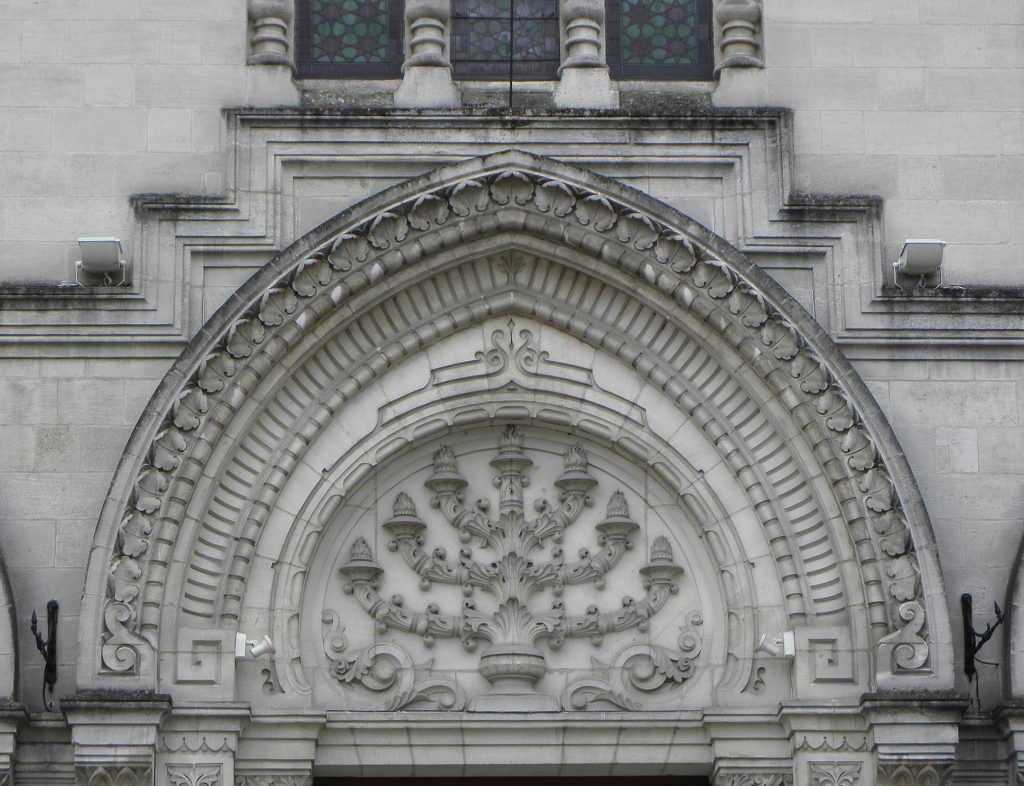The history of Jewish communities in France is characterised by a remarkable diversity, both historically and regionally. It would be futile to look for a coherent identity or shared experiences that would link the communities that were “taxed to the hilt” by the monarchy in the heartlands of the kingdom (Paris, Rouen) to the “rich hours” of the Sephardim in the Comtat Venaissin (Carpentras, Cavaillon), or the village communities of Alsace (Marmoutier, Bischheim). The distinctive destiny of Judaism in each of there major regions was the result of specific political events and historical circumstances.

In 70 C.E., after the destruction of the Temple in Jerusalem, the Roman emperor Vespasian II filled three boats with prisoners and abandoned them to the waves. The first one ran aground at Arles, the second at Bordeaux, and the third, which sailed up the Rhone, at Lyon. This is how, it is said, the kernels of Gaul’s first Jewish communities came to be.
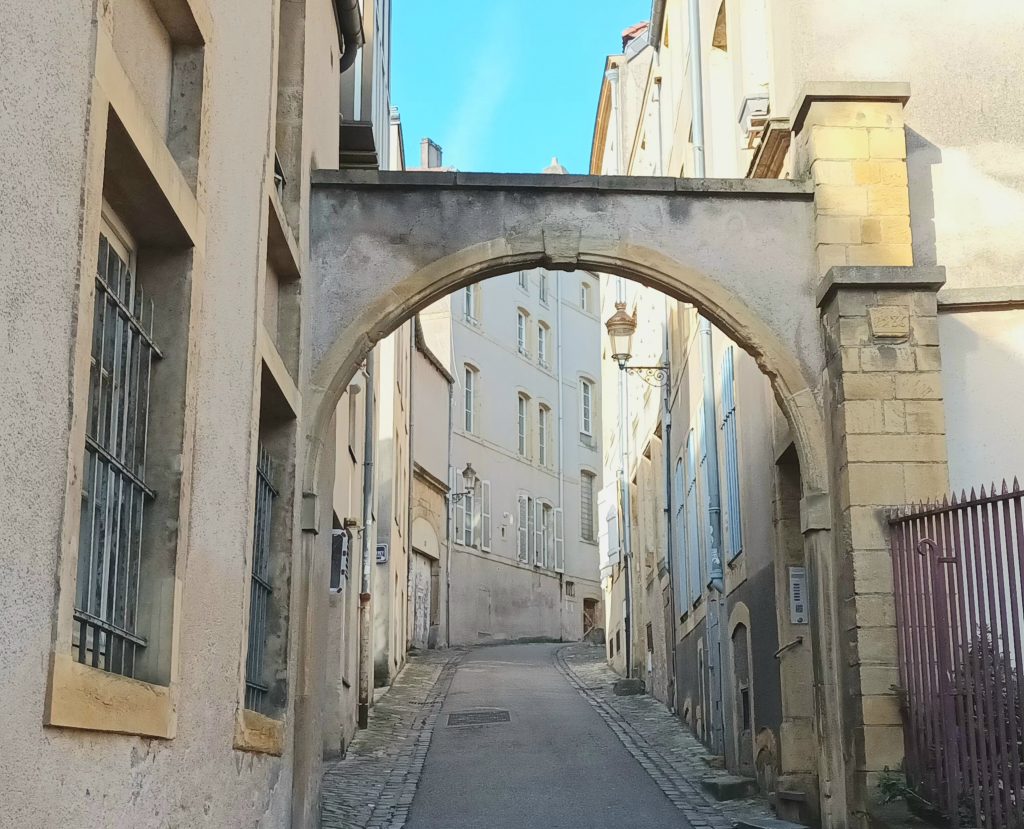
These communities had their golden age. In the eleventh century, Champagne was lit up by the presence and influence of Rashi in Troyes. A rabbi but also a judge and commentator on the Bible and the Talmud, he remains one of the great figures of Judaism, and his works are still the object of enthusiastic study today.
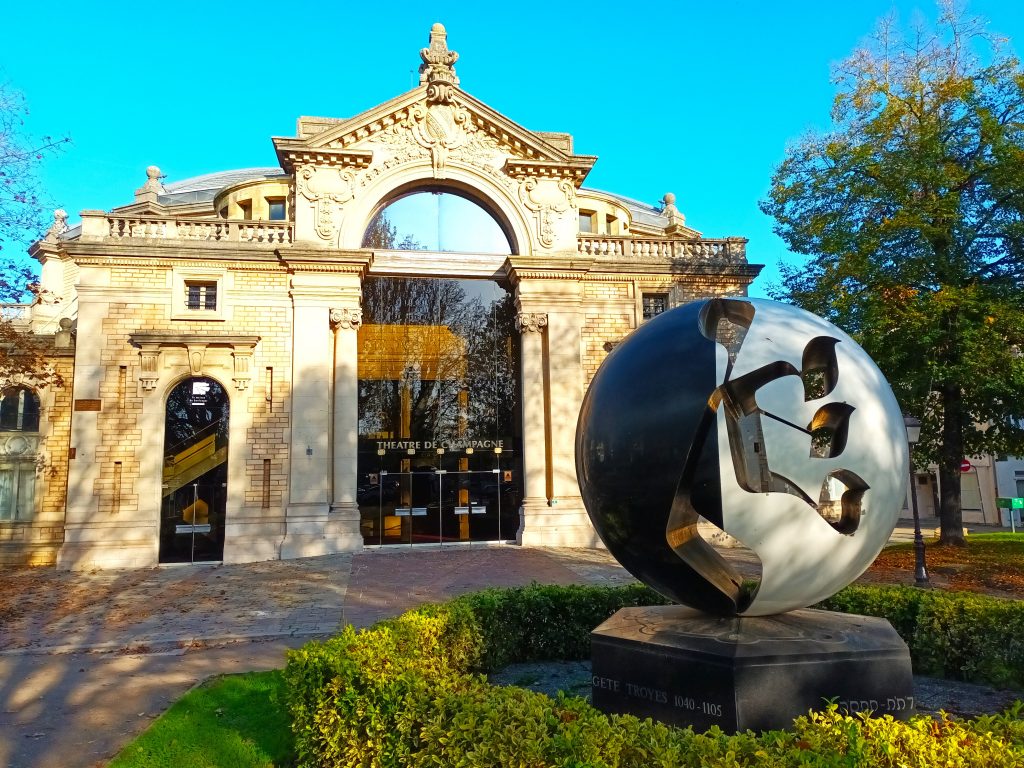
Under the reign of Charles VI, the population complained of crushing taxes. It vented its anger of the Jews, holding them responsible for every ill, and sacked many of their houses. Not long afterward, on 3 November 1394, the king put an end to the disorder by expelling the Jews from his lands. This decision sounded the death knell for any viable Jewish presence in the French kingdom, and so it remained until the Revolution.

In January 1790, the “Portuguese” Jews of southern France made representations to the Constituent Assembly. They were heard and granted French citizenship. The communities of Alsace-Lorraine did not gain this privilege until September 1791.
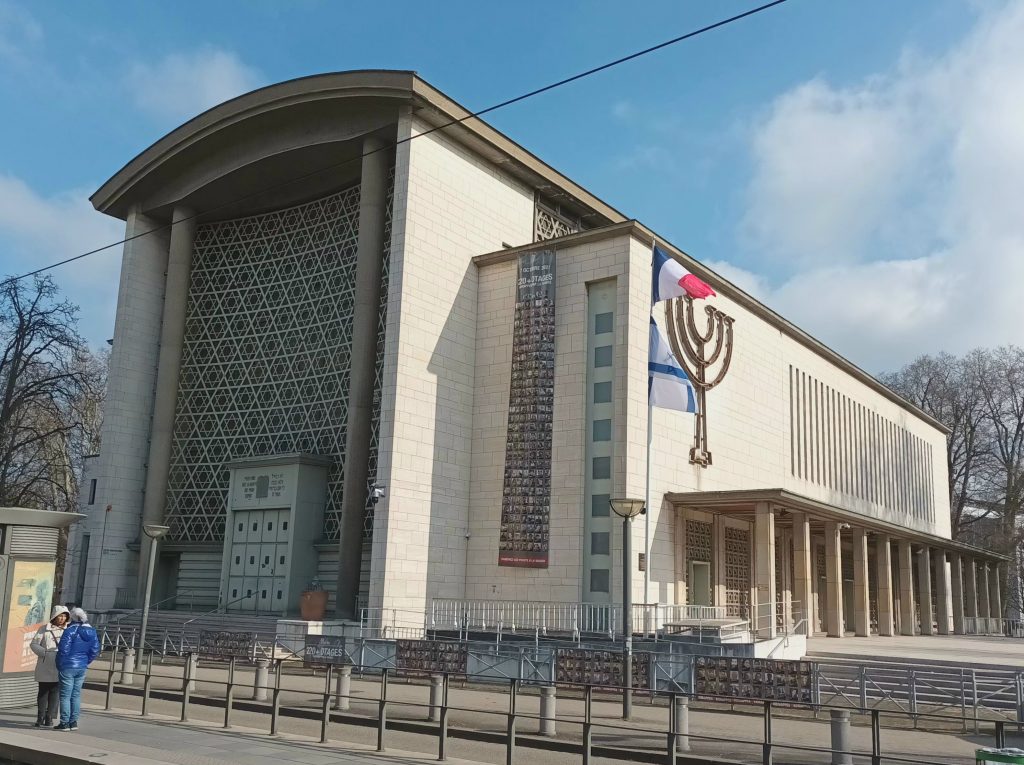
In an effort to impose some kind of organisation on this multifaceted community, Napoleon assembled the rabbis and lay leaders in a “Great Sanhedrin”. One of the important tasks for this assembly was to “persuade Israelites to view military service as a sacred duty”. At the same time, the emperor created a central jewish consistory, which continues to preside over the religious life of French Jews to this day.
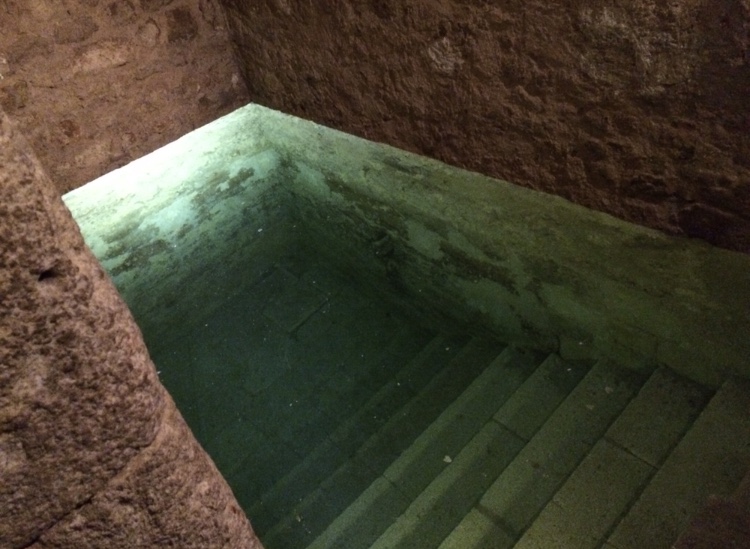
The Israelite religion was given official recognition in 1831, and from that date its ministers were paid out of the public purse, a situation that endured until the separation of church and state in 1905 but which has survived in the “concordatory departments” of eastern France (which were occupied by the Germans from 1870 to 1918).
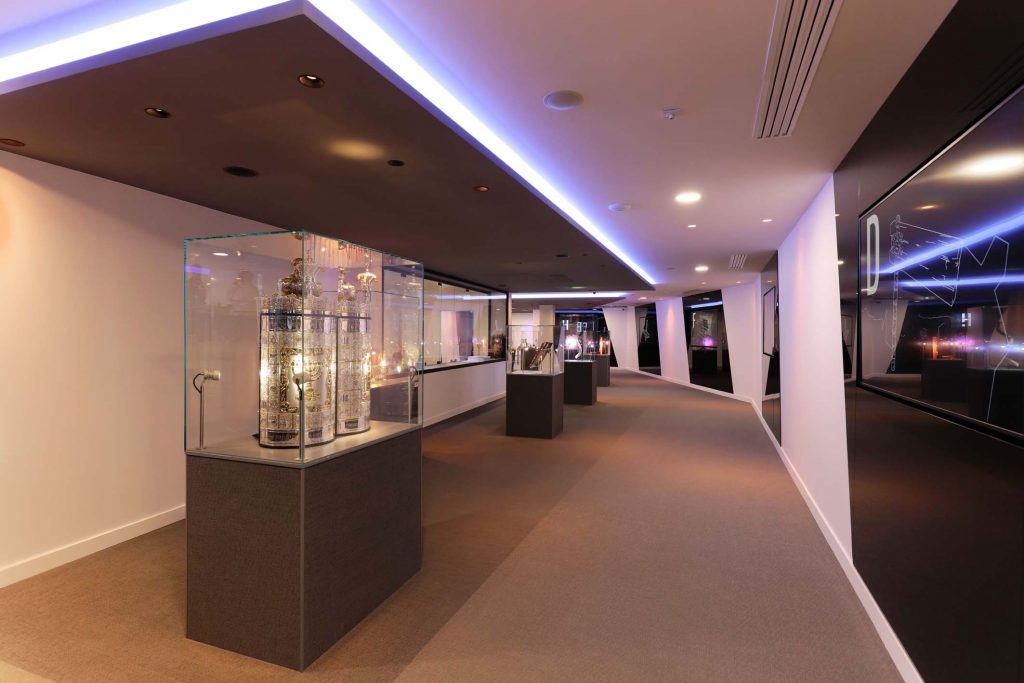
The movement for Jewish emancipation began to get under way in the mid-nineteenth century. Jews started to gain admission to the Institut de France, the Collège de France, and the Parliament. Communities built their synagogues in a neo-Romanesque style with a touch of orientalism. But the period also saw the rise of the political anto-semitism championed by Edouard Dumont. This was at its most strident during the Dreyfus Affair, which divided the country from 1894 to 1906.
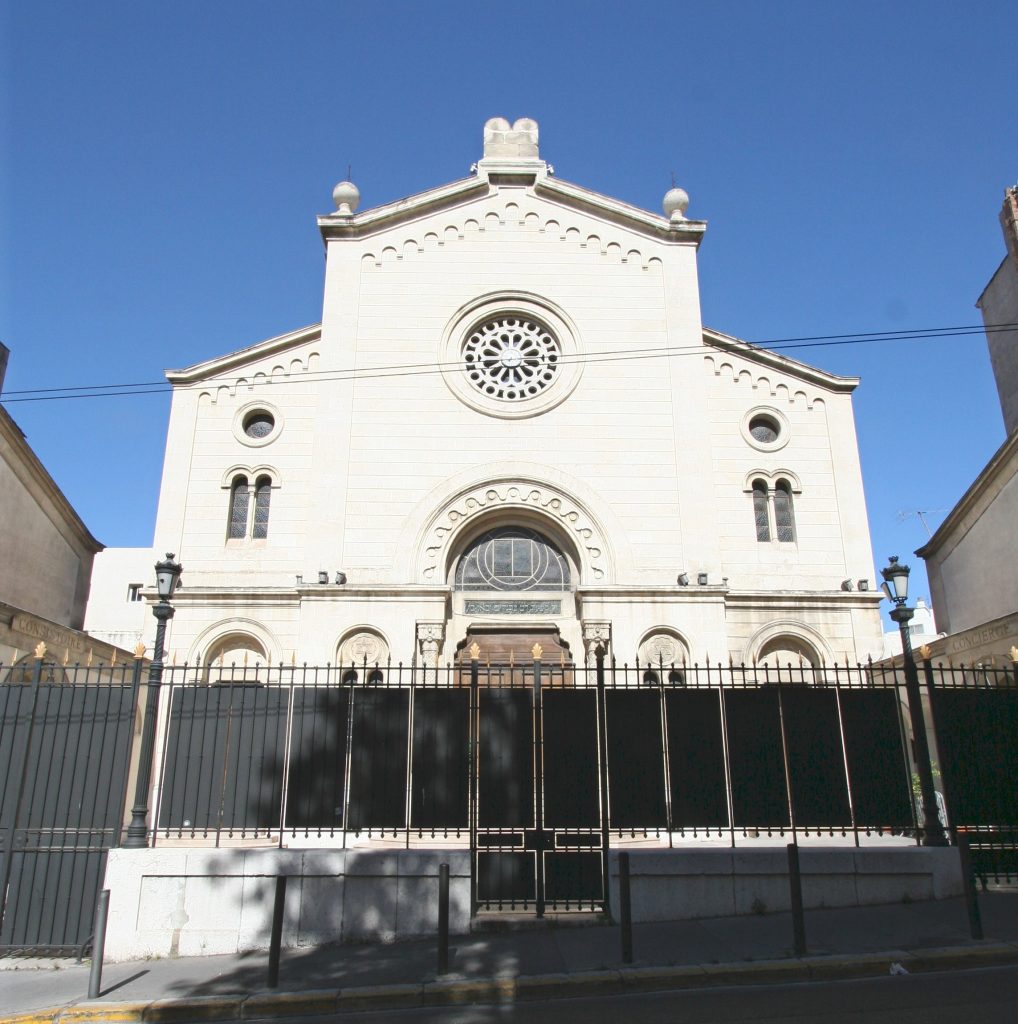
In the twentieth century, immigration from eastern Europe changed the face of French Judaism. During the dark years of the nazi occupation, some 76000 of the 300000 Jews living in France were killed in the death camps. After the war, the arrival of Jews from North Africa instilled a new vitality in the community. In the absence of reliable statistics, the number of Jews in France today is estimated at between 475000, half of whom live in and around Paris.
